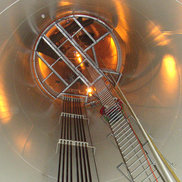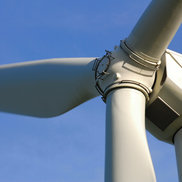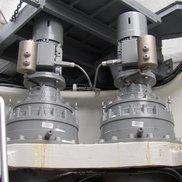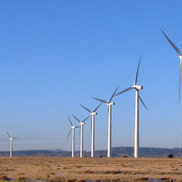Market
Wind Power
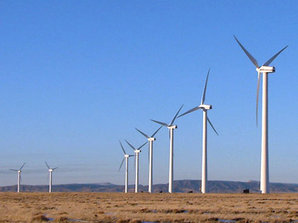
“Green” Wind Turbines transform blade rotation into electricity using a generator located in the nacelle. Multiple turbines in “farms” are located along exposed hillsides, coastal areas, and increasingly offshore – anyplace with sufficiently steady wind. Large-scale 3-5 MW commercial wind turbines have advanced significantly over the years, both in terms of technology and size. Therefore, builders are demanding high quality, reliable, and increasingly specialized electrical components for energy and data transmission capable of handling this demanding application. Modern wind turbines adapt to varying wind conditions by controlling blade angle and rotor pitch. To do this, power and data must pass from stationary elements into the rotating blades. Also, up to 5 MW must travel from the generator down to the power grid. The total cost of material and installation for suitable down-tower conductors are substantial, so OEMs are compelled to find more efficient and cost effective solutions. Further, they are demanding longer component life and minimal maintenance to meet performance requirements.
By applying our considerable experience and expertise in the automation industry, we have developed new types of conductor bars and slip-rings. Using modular component design concepts, we can meet the electrical requirements of wind turbines as well as adapt to customized control requirements.
Tower BussTM Aluminum Buss Bar Solution – the cost effective and unique alternative to cables for down-tower transmission; successfully used in hundreds of turbines. It is made from corrosion resistant, hardened aluminum especially designed for low and medium voltages. The conductors have protective insulating covers and are able to flex with the tower. Sections are bolted to create a continuous buss bar column. It is easy and safe to install and can be pre-installed into the tower sections at the manufacturing site thereby saving labor costs.
“PCS” Slip Ring Assemblies – with gold-plated collector rings and unique gold-alloy wire brush arrangements developed by Conductix-Wampfler, that meet transmission requirements over long periods without maintenance. Brush life of 100 million revolutions or more is a key factor in cost-effective turbine operation. Direct connections to the turbine hub and nacelle system are provided by industry-standard connectors on both the stator and rotor sides. PCS slip ring assemblies include mechanical housing and fittings to meet all manufacturers’ requirements. They are also available with fiber optic rotary joints (FORJ) for optical fiber data transmission and positional encoders.

